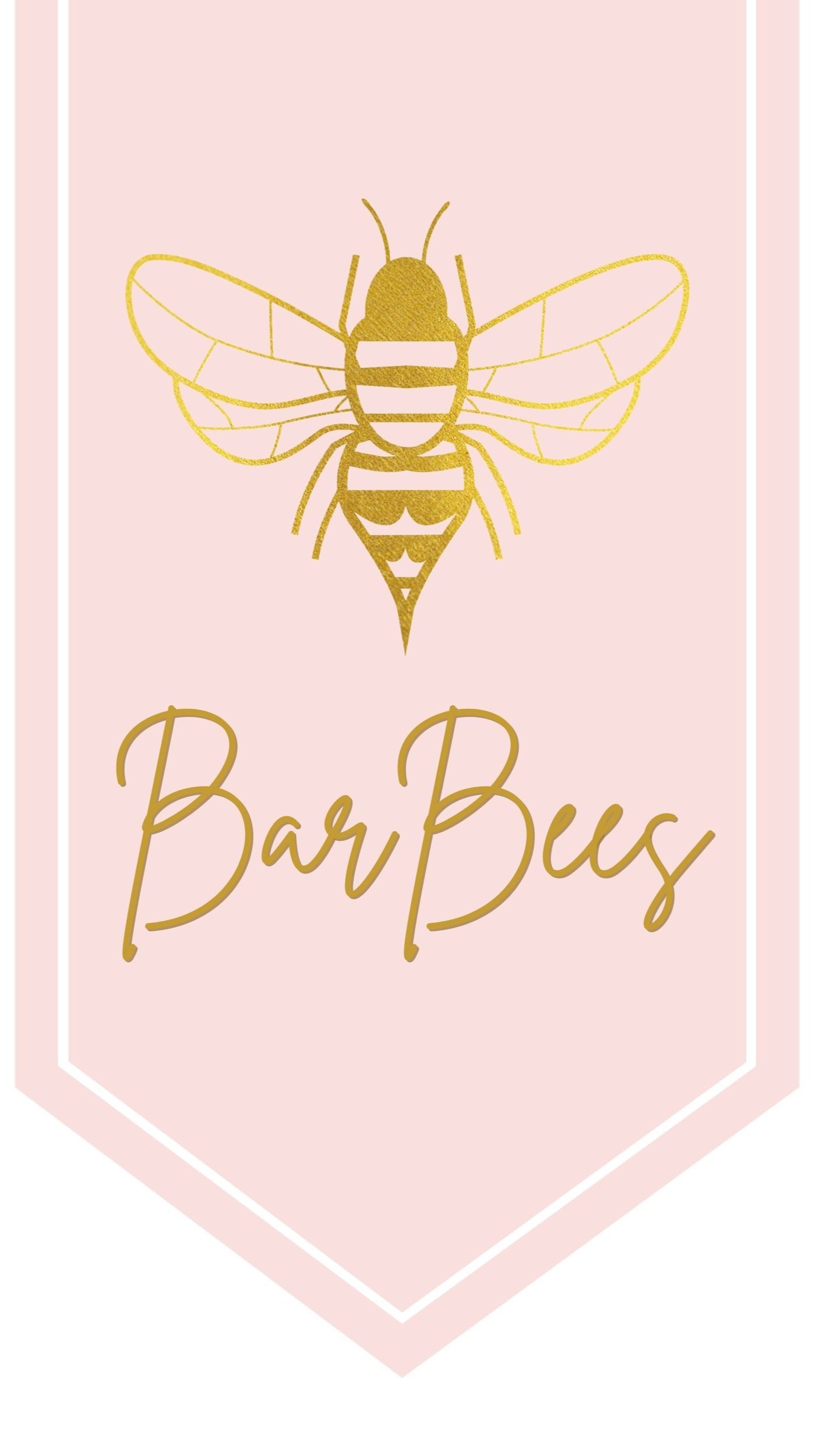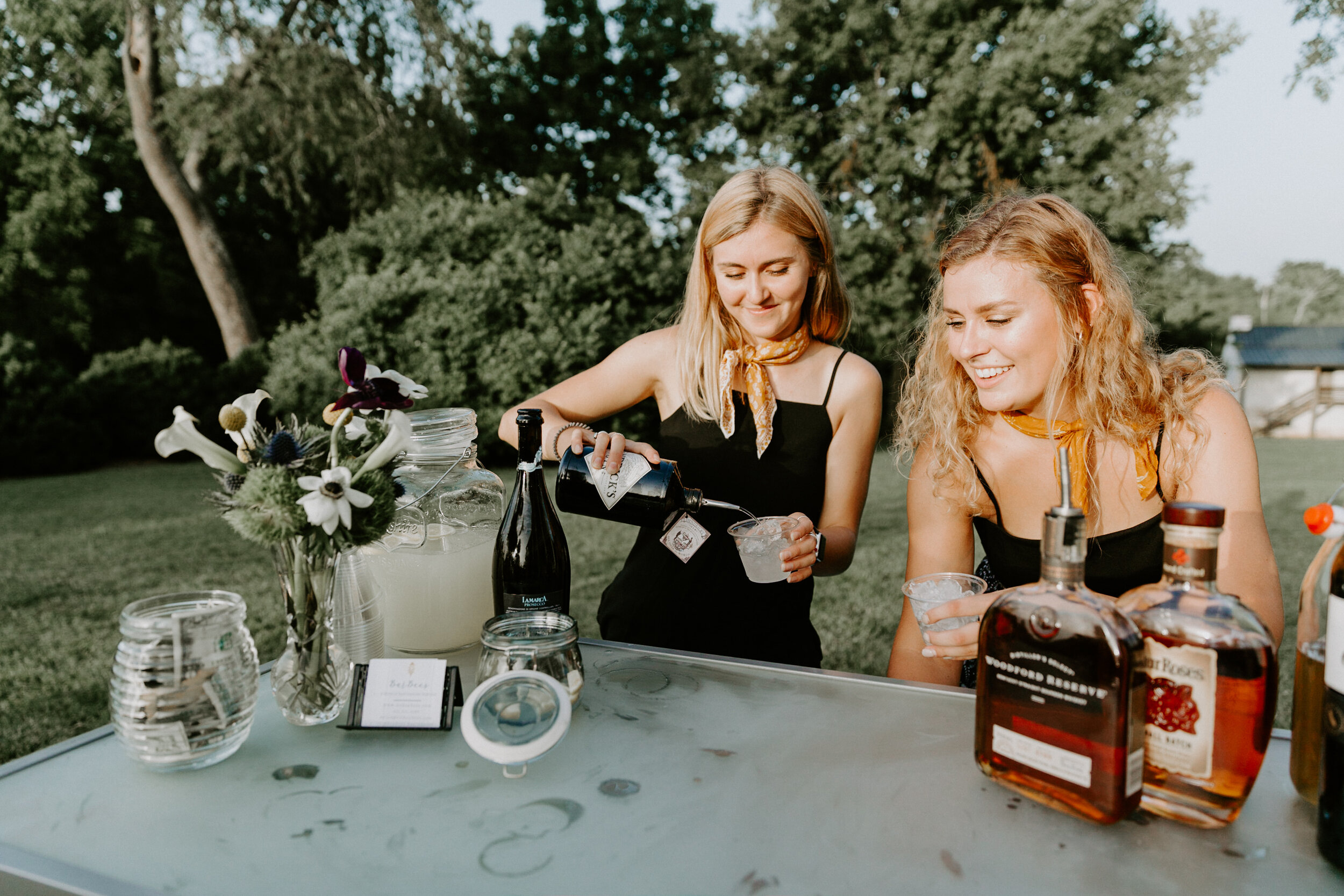10 Things I Learned While Bartending
Whether you’re wanting to start a career as a bartender or you’re just shaking up drinks for yourself, these tips are for you!
10. A traditional martini should be stirred, not shaken.
Sorry, James Bond — you got it wrong! Shaking a martini bruises the gin, which can make your cocktail bitter and foggy. There are a few cocktails that call for shaken gin, but they’re often filled with other ingredients, where the clarity of the cocktail doesn’t matter much and the taste of the gin is more covered up.
9. “Light on the ice” does NOT mean more alcohol!
When ordering a highball, a bartender will give you a standard pour of liquor, unless you specify that you want a double. When you ask for light ice, you’re just getting more mixer.
8. Tip, tip, tip!
In Tennessee, the minimum wage for tipped workers is $2.13 per hour. Many bartenders are paid a slightly higher wage here in Nashville; however, tips are still essential to a bartender’s livelihood. Bartending isn’t easy — standing on your feet for hours, carrying around heavy glassware and coolers, and maintaining conversation with dozens of guests during a shift can be exhausting. Event bartending also comes with its unique challenges. We work hard to ensure that our pop-up bar functions and looks as elegant as possible for events that can last several hours. This requires lots of heavy lifting, coordinating in advance, and organization. Tips are always welcome!
7. Mules are among the most versatile cocktails.
The base of a mule is ginger beer and lime, but the most important ingredient (the liquor!) can change depending on the type of mule you want. Mules take on the name of wherever the liquor is from — with a few exceptions. For instance, a Moscow Mule is a vodka mule, as Russia is known for their vodka. A Tennessee Mule is a mule made with Tennessee whiskey. A Kentucky Mule is a bourbon mule. A Mexican Mule is a tequila mule. Exceptions include a rum mule, called a Dark and Stormy, and a gin mule, called a Gin-Gin Mule. Whatever your liquor preference, there is a mule for you!
6. Tonic and club soda are NOT the same thing!
Tonic is a common mixer, found in some classic cocktails, like a G + T. A common misconception is that this bubbly beverage is just your standard sparkling water. Sorry to burst your bubble, but this mixer actually can contain a lot of sugar! Often, grocery store bought tonic is sweetened with artificial sweeteners.
Club soda contains no sugar and is often enhanced with minerals. If you’re looking to make your drinks a bit healthier, try club soda instead of tonic with your favorite liquor, and add in some citrus for flavor.
5. Bitters can come in endless flavors!
When developing craft cocktails, one of the easiest ways to give them unique flavors is by experimenting with bitters. Some of our favorite bitters flavors are walnut, lavender, and orange. The standard recipe for classic bitters is an assortment of roots, fruits, and herbs. Experienced bartenders will often experiment with making their own from scratch!
4. Simple syrups — our secret cocktail ingredient!
Similar to bitters, experimenting with simple syrups is a great way to jazz up your cocktails. Here at BarBees, we’re partial to honey simple syrup. Combine equal parts water and honey in a saucepan over medium heat and stir until the honey is dissolved. Bonus points if you use local honey. We’re always experimenting with infusing our honey simple syrups. Some of our favorite infusions are rosemary, jalapeño, mint, ginger, coco, and more.
3. Bartending often requires working very late hours
If you’re a night owl, you may be used to staying busy late into the evening. However, after working shifts starting in the early afternoon, working until 11 or midnight can be exhausting. Eating properly, wearing comfortable shoes, drinking enough water, and getting enough sleep is essential to doing your job well!
2. When making a shaken cocktail, add your bubbly ingredients after you shake!
If you’ve made this mistake, you‘ve already learned this bartending tip. Shaking bubbly ingredients will either end in a flat cocktail or in your cocktail covering you!
1. Garnishing your cocktail isn’t just for looks.
Garnishes give the customer an idea of what is in the cocktail before they even taste it. Garnishing with herbs and fruits also often creates an aroma that pairs nicely with the cocktail. Cocktail drinking should be an experience! Incorporating garnishes, which appeal to the customer’s senses of smell and sight, is a must for bartending well.

